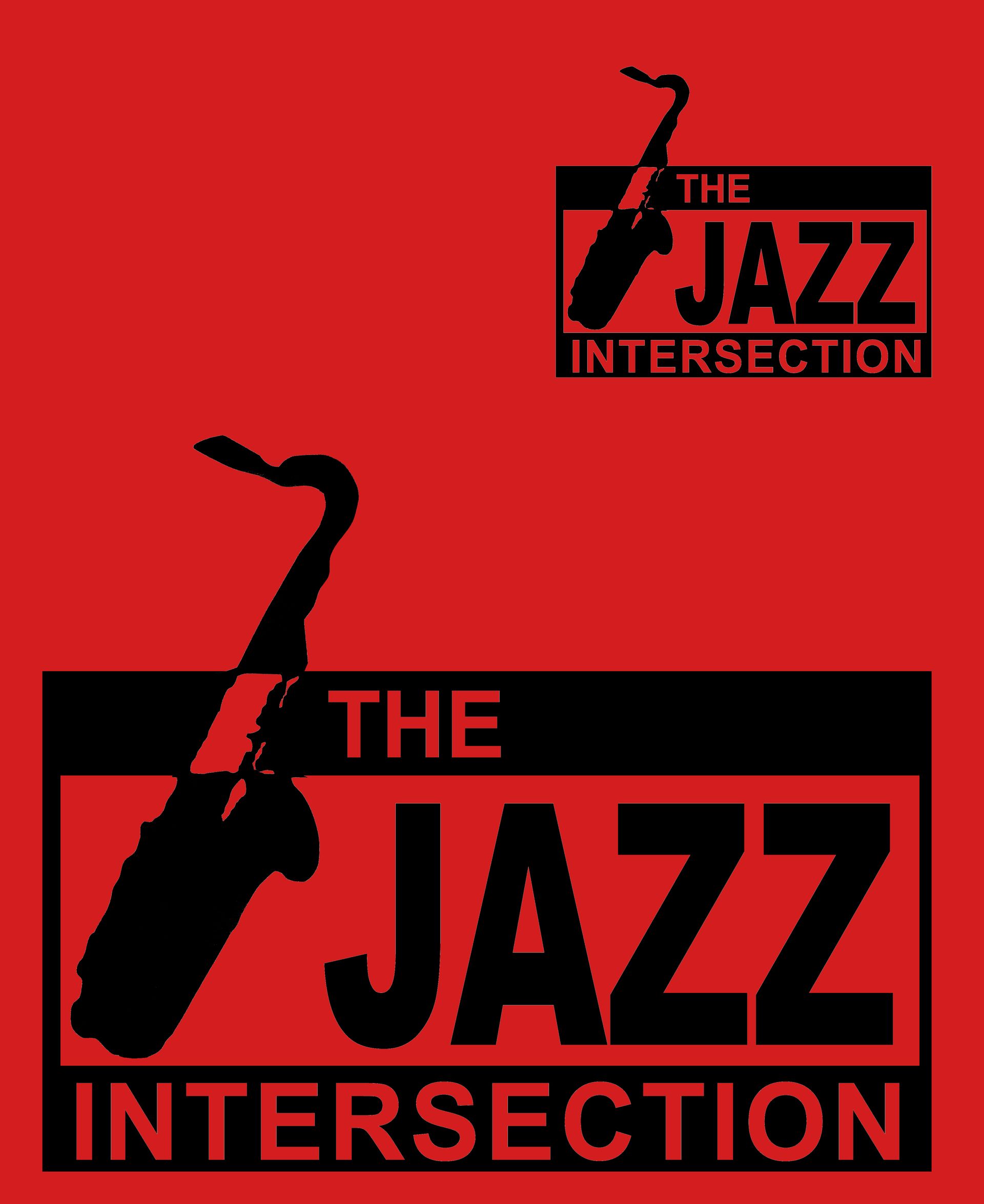Thelonious Monk:
The Genius of Jazz and the Maestro of Innovation
Introduction:
In the realm of jazz, few names hold as much reverence and admiration as Thelonious Monk. Renowned for his extraordinary piano skills, unique compositions, and unorthodox improvisational style, Monk remains an icon in the world of music. Born on October 10, 1917, in Rocky Mount, North Carolina, Monk's journey from a small town to becoming one of the most influential jazz musicians of all time is a testament to his exceptional talent, uncompromising creativity, and unwavering dedication to his craft.
Early Life and Influences:
Thelonious Sphere Monk, affectionately known as "Sphere" to his family and friends, was the son of Thelonious and Barbara Monk. The family moved to New York City's vibrant and diverse neighborhood of San Juan Hill when Monk was just four years old. Growing up amidst a rich musical environment, Monk was exposed to a wide array of sounds, including the blues, gospel, and stride piano. His mother, an accomplished pianist herself, recognized her son's prodigious talent early on and encouraged him to pursue music.
Monk's love for the piano blossomed during his teenage years, and he found inspiration in the stride piano stylings of James P. Johnson and Willie "The Lion" Smith. He also drew influence from the innovations of Duke Ellington, Count Basie, and Art Tatum. These early influences shaped Monk's musical palette, helping him develop a distinct and idiosyncratic style that would set him apart from his contemporaries.
Career Breakthrough:
Monk's professional career began to take off in the 1940s when he established himself as a prominent figure in the bustling jazz scene of Harlem. He became a regular performer at Minton's Playhouse, a renowned venue where jazz musicians would gather for jam sessions and groundbreaking improvisations. It was here that Monk, alongside other legendary artists such as Charlie Parker and Dizzy Gillespie, developed the foundations of what would later be known as bebop.
Monk's unorthodox playing style, characterized by angular melodies, dissonant harmonies, and unexpected pauses, earned him both praise and criticism. While some initially struggled to comprehend his unique approach, others hailed him as a visionary. His compositions, such as "Round Midnight," "Straight, No Chaser," and "Blue Monk," became jazz standards and showcased his extraordinary gift for creating emotionally charged and intellectually stimulating music.
Legacy and Innovation:
Monk's impact on jazz and music as a whole cannot be overstated. He pushed the boundaries of traditional jazz, incorporating elements of dissonance, irregular rhythms, and unconventional chord progressions into his compositions. His unorthodox approach to improvisation challenged the status quo and opened new avenues for creative expression in jazz.
Monk's contributions extended beyond his music. His distinctive fashion sense, characterized by sharp suits, stylish hats, and signature sunglasses, made him an iconic figure. His enigmatic stage presence and subtle eccentricities further added to his mystique, captivating audiences around the world.
Recognition and Honors:
Over the course of his career, Thelonious Monk received numerous accolades and honors. In 1964, he graced the cover of Time magazine, solidifying his status as a jazz legend. In 1984, he became the second jazz musician to receive the prestigious Pulitzer Prize Special Citation, recognizing his unparalleled contributions to music. Additionally, he was posthumously awarded a Grammy Lifetime Achievement Award in 1993.
Monk's influence continues to resonate with contemporary musicians, and his compositions remain staples in the jazz repertoire. Countless artists, ranging from Herbie Hancock and Chick Corea to Brad Mehldau and Jason Moran


